Culture methods and matters needing attention of Bamboo in Taiwan
It is a perennial herb of the genus Cyperaceae. Its straight and slender leafy involucral bracts are clustered on the stem, radiant, elegant and elegant, and there is no lack of green bamboo charm, so it is very popular and is often used for potted ornamental plants or for flower arrangement and leaf cutting.
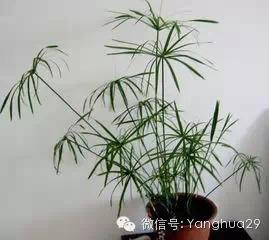
Humidity
Like the high humid climate environment, the relative temperature of the air in the growing environment is 75-85%. When the air relative humidity is too low, the lower leaves yellowed and the upper leaf tips dried up.
Temperature
Taiwan bamboo is distributed in the evergreen broad-leaved forests of Jiangxi, Zhejiang, Fujian, Hunan, Guangxi and Guangdong provinces between 105-120 in east diameter and 21-29 in north latitude, the most suitable annual average temperature is 18-26 ℃, and the cold resistance is weak, the extreme minimum temperature is-7 ℃, otherwise it is vulnerable to low temperature.
The optimum growth temperature is 18 ℃ ~ 30 ℃, avoid cold frost, keep the overwintering temperature above 10 ℃, enter dormancy when the temperature drops below 4 ℃ in winter, and die of frostbite if the ambient temperature is close to 0 ℃.
In summer
1. Strengthen the air convection so that the temperature in the body can be released.
2. Put it in the semi-shade, or give it 50% shade
3. Spray it properly, 2 or 4 times a day.
In winter
1. Move to a brightly lit place for maintenance
2. Outside, it can be wrapped in a film to survive the winter, but the film should be opened every two days when the temperature is high at noon to let it breathe.
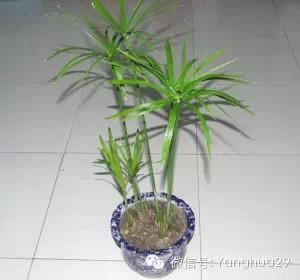
Light
The shade-tolerant tree species of bamboo in Taiwan is often scattered in the evergreen broad-leaved forests in the hilly and low mountains of southeastern subtropical China. The growth of shady slopes is 5-6 times faster than that of sunny slopes. Sunburn or death will occur on the root neck on sunny slopes. The annual light can be illuminated at 500 to 800 hours, and the natural regeneration is good under the canopy.
If you are afraid of bright light, you need to keep it in the semi-shade or give it 70% shade. For indoor maintenance, put it in a brightly lit place as far as possible, and move to outdoor semi-shade or shade for a month every one or two months to accumulate nutrients and restore growth.
Fertilizer and water
There are many requirements for fertilizer and water, but they are most afraid of random fertilization, concentrated fertilizer and partial application of nitrogen, phosphorus and potassium, and should follow the principle of "frequent application of light fertilizer, less and more times, and complete nutrition":
Spring, summer and autumn: these two seasons are its peak growing season. Fertilizer and water management circulates in the order of "Huabao"-- "Huabao"-- clear water-- "Huabao"-- "Huabao"-- "Huabao" at least twice a week). The interval period is about 1-3 days for outdoor maintenance, with shorter intervals during sunny days or high temperatures, longer intervals or no watering during rainy days or low temperatures. Keep it indoors for 2-4 days, with shorter intervals during sunny or high temperatures, longer intervals or no watering during rainy or low temperatures. Watering time should be arranged as early as possible when the temperature is low in the morning. Summer is watered in the morning or evening when the temperature is low, and plants are often sprayed.
Winter: during the dormant period in winter, the main task is to control fertilizer and water. Fertilizer and water management circulates according to the order of "Hua Bao"-clear water-"Hua Bao"-"Hua Bao"-clear water, with an interval period of about 7-10 days. The interval period is shorter in sunny or high temperature days, longer or unwatered in rainy days or low temperature days. Watering time is arranged as far as possible when the temperature is high at noon on a sunny day.
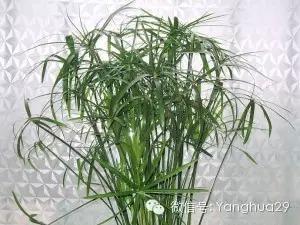
Soil
Taiwan bamboo has strict requirements on soil, and it is suitable for deep, loose, moist, thick humus layer and acidic sandy loam soil to light clay developed in sand shale, granite, metamorphic rock and other parent rocks. Xishan yellow soil and brown forest soil, especially sandy loam, grows rapidly and grows very slowly on barren soil, limestone land is not suitable for cultivation, and low-lying flooded land also grows poorly. The initial growth period of Taiwan bamboo is slow, and its growth is gradually accelerated after 4-5 years. The height of 6-10-year-old trees is 5m, and the DBH is 8~10cm. It begins to blossom and bear fruit in about 10 years. The fruiting plants growing in 15 years can reach about 5~15kg, and the yield can reach as high as 500~650kg in 40 years.
Rainfall amount
Taiwan bamboo grows well in the area where the average rainfall is 1200~1800mm, which is lower than that of 800mm, and grows poorly and prefers the zone where there is no stagnant water.
-
Knowledge of flower cultivation
Wechat: yanghua29
Flower cultivation knowledge exchange, provide the most comprehensive flower knowledge, professional flower cultivation skills, comprehensively solve the problem of flower cultivation!
- Prev
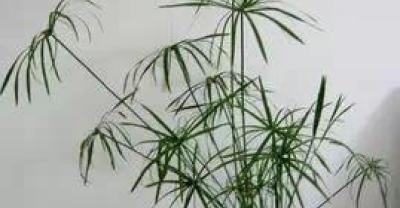
Technical points of small-scale Culture of Monopterus Albus in Courtyard
First, the construction of Monopterus Albus culture facilities. 1. Choose the site to build an eel pond in the open space behind the front house, and use groundwater or tap water as the water source for culture. 2. Eel pond construction.
- Next
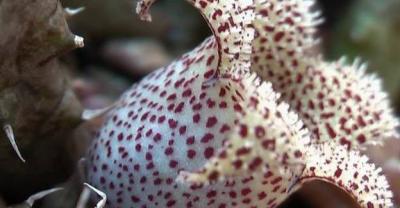
Popularization and Application of Feeding Machine in Aquaculture
A, fishing feeding machine in aquaculture role 1, feeding machine application is conducive to promoting the promotion of complete feed feeding machine and complete feed application...
Related
- On the eggshell is a badge full of pride. British Poultry Egg Market and Consumer observation
- British study: 72% of Britons are willing to buy native eggs raised by insects
- Guidelines for friendly egg production revised the increase of space in chicken sheds can not be forced to change feathers and lay eggs.
- Risk of delay in customs clearance Australia suspends lobster exports to China
- Pig semen-the Vector of virus Transmission (4)
- Pig semen-the Vector of virus Transmission (3)
- Five common causes of difficult control of classical swine fever in clinic and their countermeasures
- Foot-and-mouth disease is the most effective way to prevent it!
- PED is the number one killer of piglets and has to be guarded against in autumn and winter.
- What is "yellow fat pig"? Have you ever heard the pig collector talk about "yellow fat pig"?

